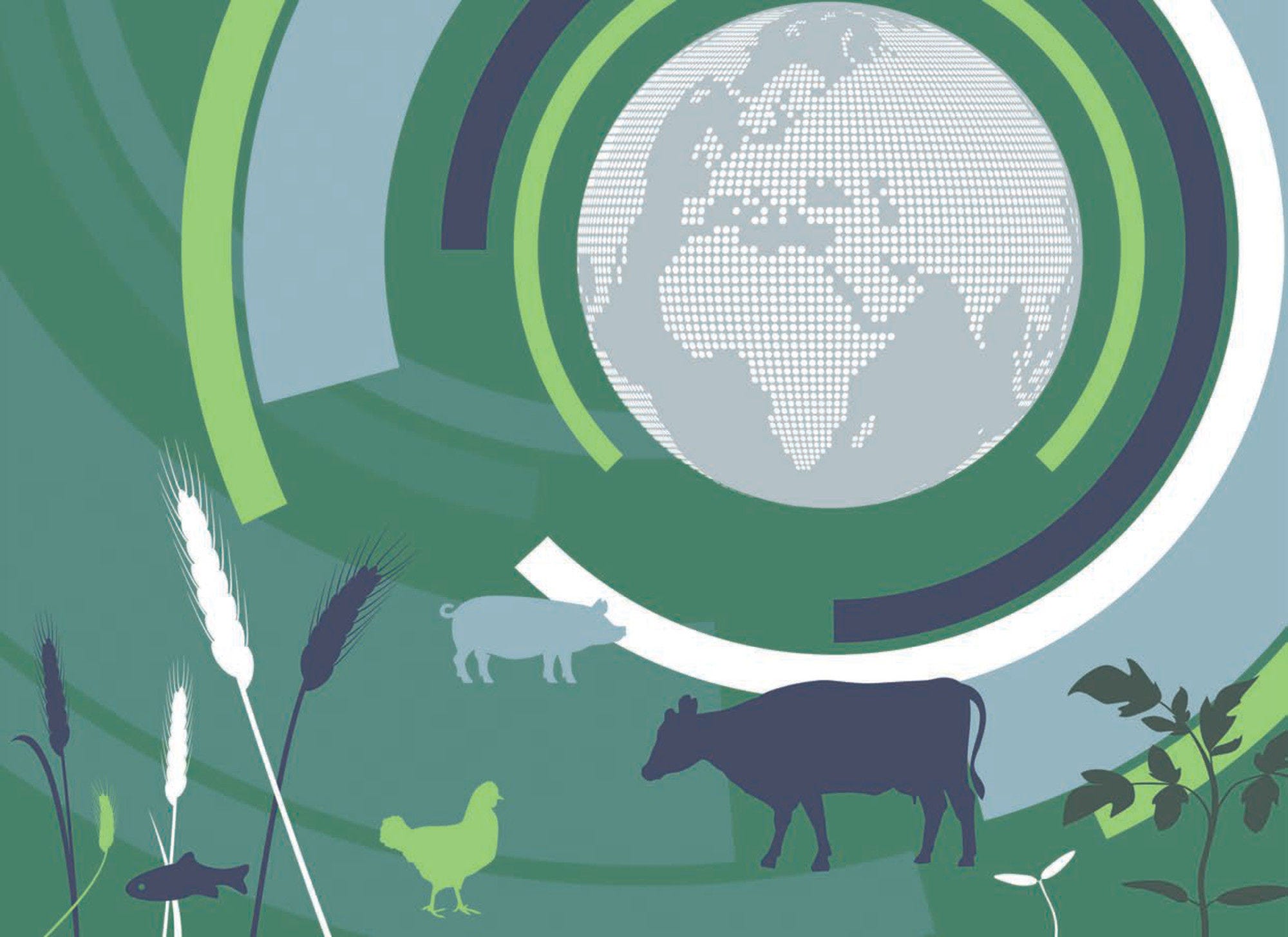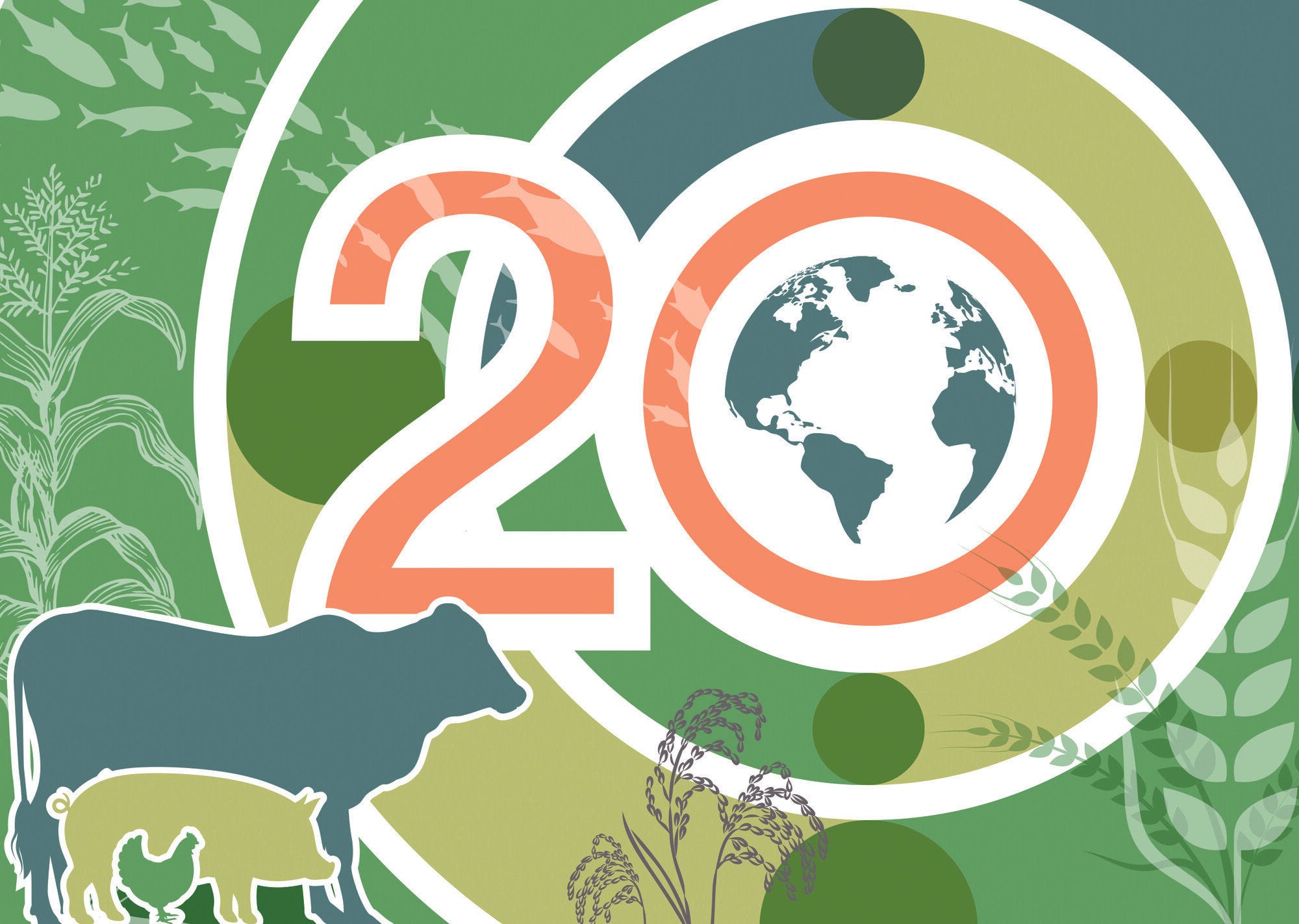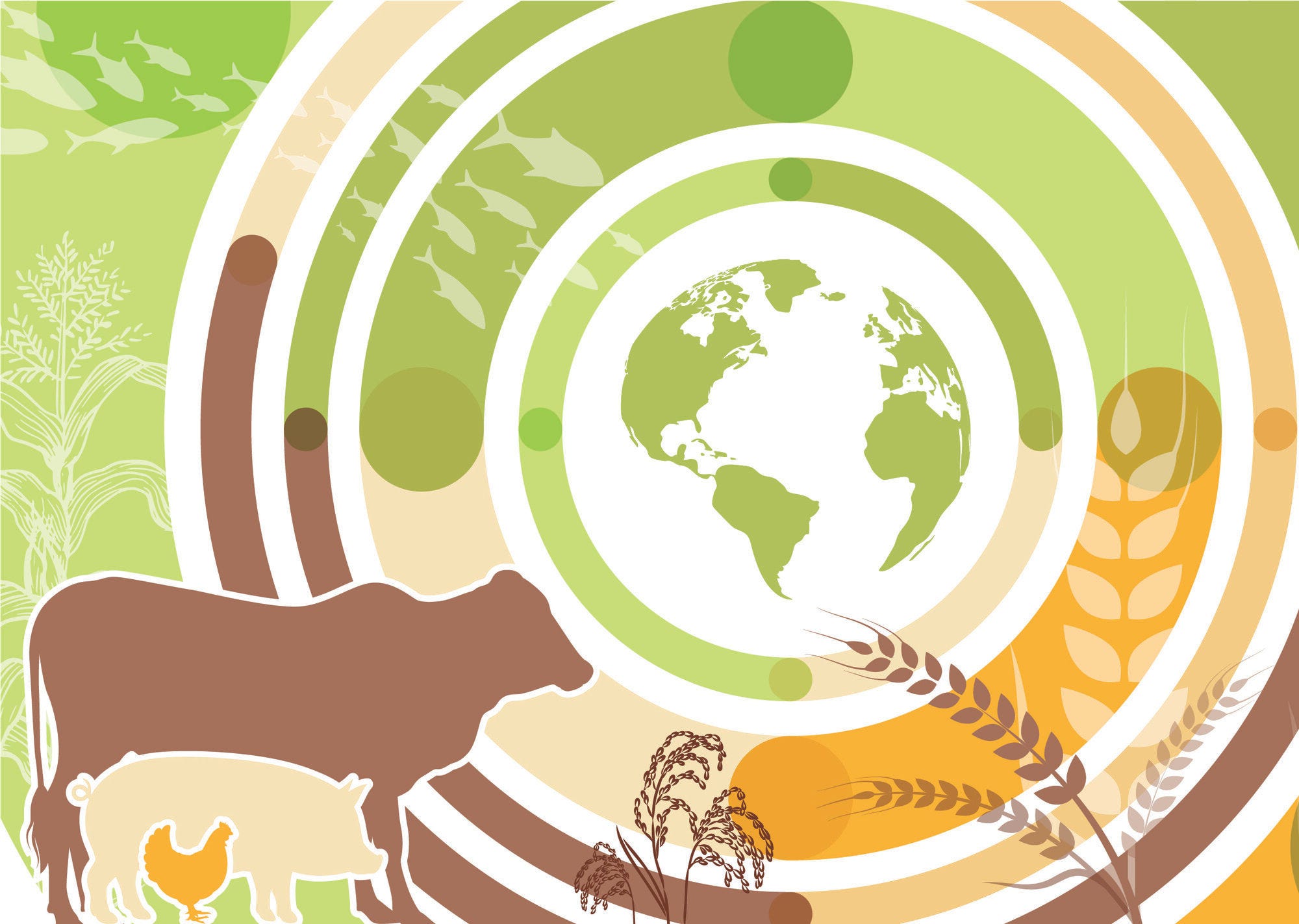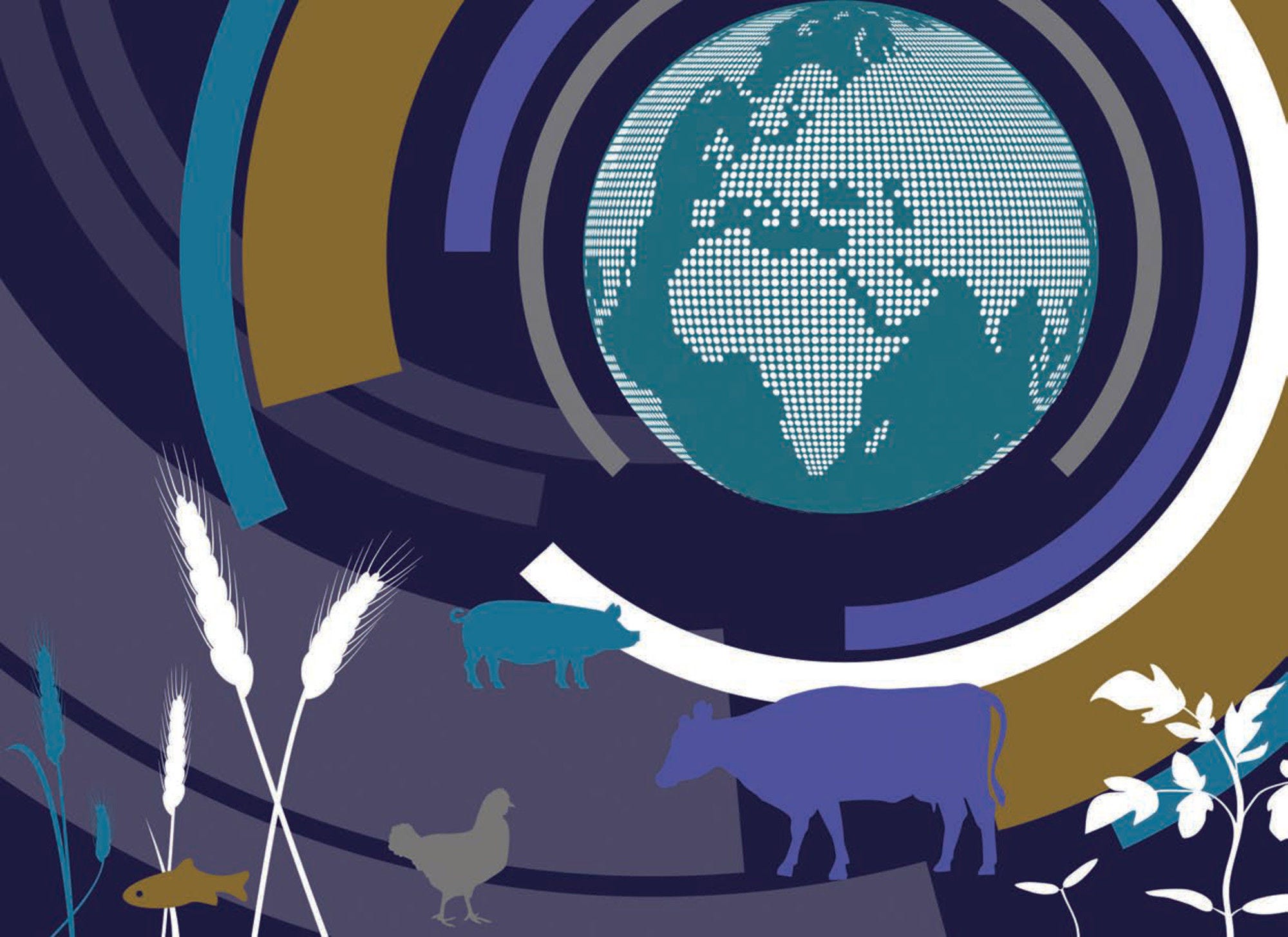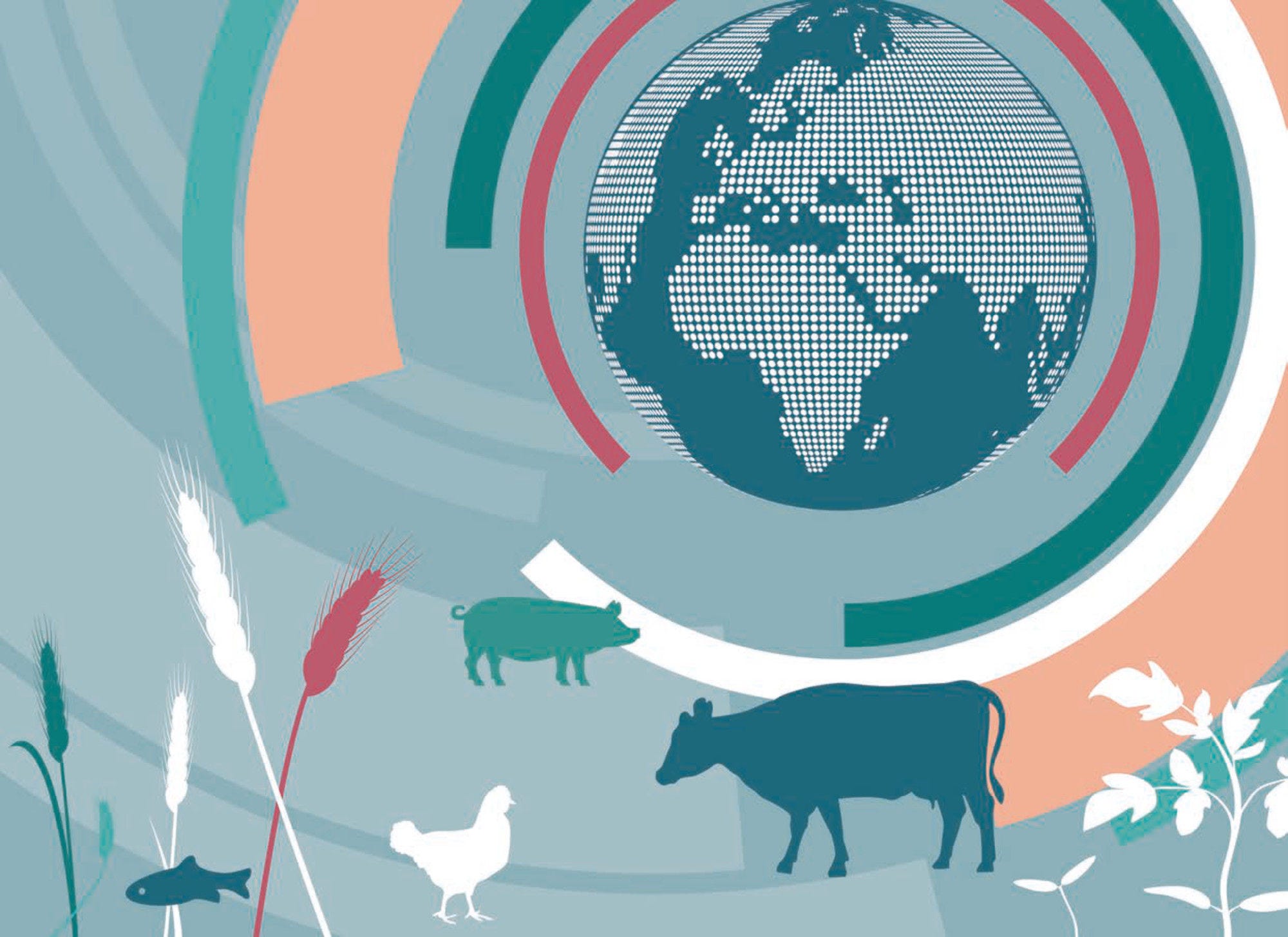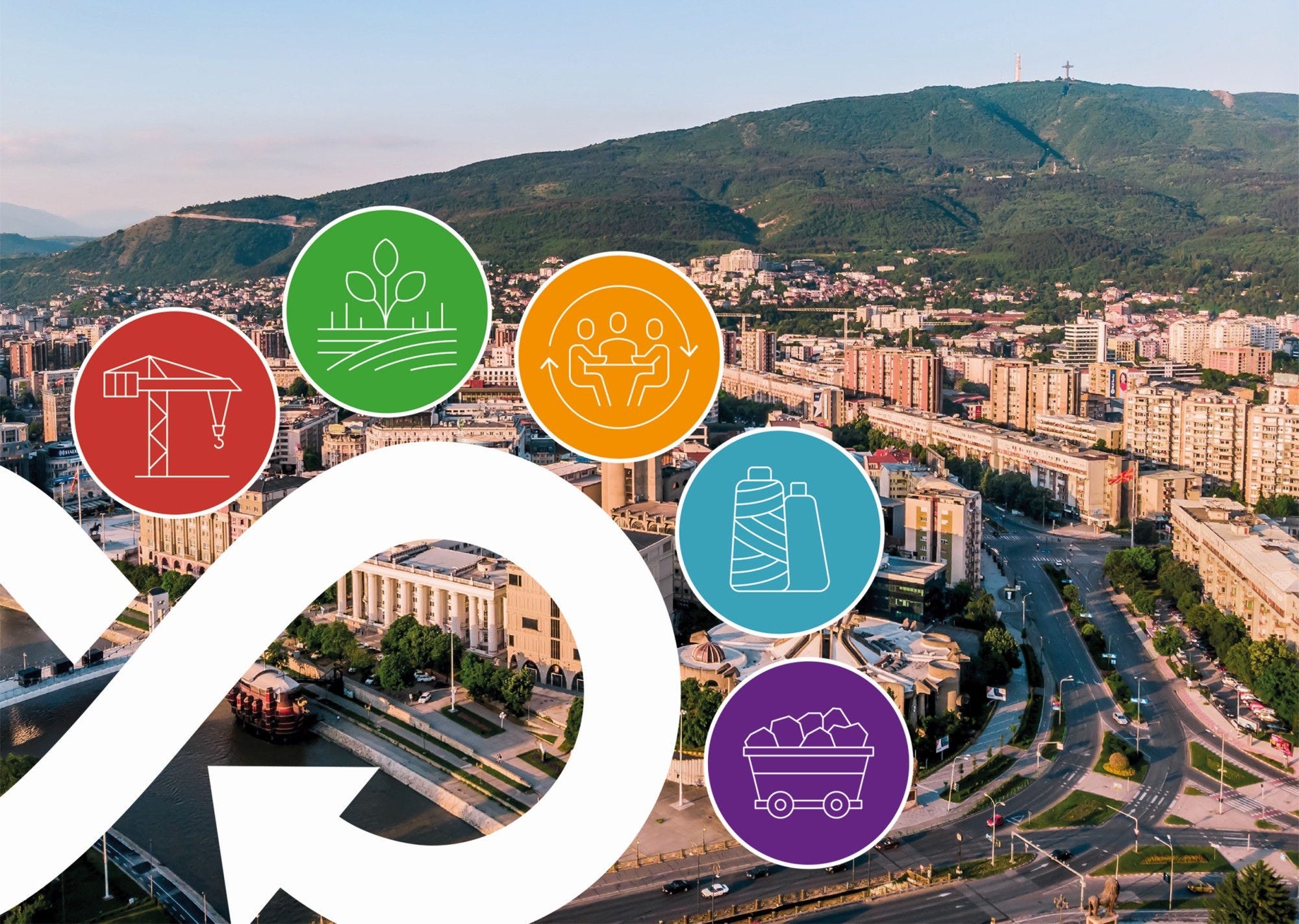The Agricultural Outlook 2020-2029 is a collaborative effort of the OECD and FAO, prepared with input from the experts of their member governwwments and from specialist commodity organisations. It provides a consensus assessment of the ten-year prospects for agricultural and fish commodity markets at national, regional and global levels. The baseline projections highlight fundamental economic and social trends driving the global food sector.
While the core baseline projections have not been modified to reflect the unexpected conditions created by the current COVID-19 pandemic, they provide a useful starting point for evaluating potential impacts. The immediate implications of the pandemic for global agricultural markets were examined using an initial scenario simulation. In this simulation the projections for the early years of the projection period were adapted using indicators of the pandemic’s initial macroeconomic impact. The baseline projections for the latter years of the Outlook are consistent with the underlying economic drivers and trends affecting global agricultural markets.
Over the coming decade, the relative importance of food, feed and biofuel use will not change significantly, as no major structural shifts in demand for agricultural commodities are expected. An expanding global population remains the main growth factor although the consumption profiles and projected trends vary depending on the development status of individual countries.
Per-capita food expenditure expands globally, but falls as a share of income, most significantly in middle income countries. Average per capita food availability is projected to reach about 3 000 kcal and 85 g of protein per day by 2029, fats and staples accounting for about 60% of the additional calories. By far the highest growth rate is projected for fats at 9% over the coming decade. Due to the ongoing transition in global diets towards higher consumption of animal products, fats and other foods, the share of staples in the food basket is projected to decline by 2029 for all income groups.
Differing income levels and varying income growth projections between countries will lead to diverging nutritional patterns over the coming decade. In particular, consumers in middle-income countries are expected to use their additional income to transform their diets from staples to higher value products. Environmental and health concerns in high-income countries are expected to support a transition from animal-based protein towards alternative sources, as well as the more immediate substitution away from red meat, notably beef, towards poultry and fish.
Growth in feed consumption is mainly due to the ongoing expansion of the livestock herd and aquaculture production in low- and middle-income countries. The Outlook assumes a further intensification of livestock and fish production, combined with ongoing feed efficiency gains these result in a globally fixed relationship between animal food production and the necessary energy and protein feed over the coming decade. The composition of feed rations varies significantly between high, middle and low-income countries because of their ongoing differences in production technology.
Biofuel use of primary agricultural commodities is not expected to increase significantly beyond current levels, mainly due to their declining role in the reduction of greenhouse gas emissions and the declining use of low-blended gasoline-type transportation fuel in two of the main ethanol markets, the United States and the European Union.
About 85% of global crop output growth over the next ten years is attributed to yield improvements resulting from more intensive input use, investments in production technology and better cultivation practices. Further intensification of land use through multiple harvests per year will account for another 10%, while cropland area expansion is projected to account for only 5% and will play a much smaller role than over the last decade, improving the sustainability of agriculture.
Over the outlook period, global livestock production is expected to expand by 14% supported by low feed prices and stable product prices ensuring remunerative profit margins to producers. Poultry remains the fastest growing meat accounting for about half of the projected increase in total meat output. The expansion of pig meat production will be largely concentrated in the People’s Republic of China, which is expected to recover from the ASF outbreak by 2025. Aquaculture production is projected to continue its expansion and by 2024 it is projected to overtake capture fisheries as the most important source of fish worldwide.
Over the outlook period, assuming the continuation of current policies and technologies, production projections imply a growth in direct GHG emissions of 6% compared to the current level. Livestock will account for 80% of this increase. Further reduction in the carbon intensity of agricultural production could be achieved by large-scale adoption of emission reducing technologies. Geographically, most of the increase in direct emissions is projected to occur in emerging and low-income regions due to higher output growth in production systems that are more emission intensive.
Global trade in primary agricultural commodities will increase only marginally relative to production, as without any trade-promoting policy changes, international shipments will be largely determined by total market size. Trade is going to be increasingly important for food security in resource-constrained countries, where imports account for a large share of their total calorie and protein consumption. On the exporter side of the market, trade plays a central role in securing rural livelihoods. A well-functioning, predictable international trading system is essential for both consumers and producers.
Most of the commodities covered in the Outlook are expected to see real price declines, suggesting that, under the assumptions made by this Outlook, price reducing-factors (mainly productivity improvements) will dominate factors that lead to higher prices, such as resource constraints and higher demand induced by population and income growth.
In April 2020, expert consensus of the impacts of COVID-19 anticipated a contraction in both supply and demand of agricultural products and pointed to possible disruptions in trade and logistics. These disruptions will affect all elements of the food system, from primary supply, to processing, to trade and national and international logistics systems, to intermediate and final demand. An initial COVID-19 scenario provides some preliminary insights into the short-term impacts of the current pandemic on agricultural markets. The scenario illustrates how the COVID-19 pandemic could create a historically significant market shock. In this scenario, agricultural prices fall strongly in response to the COVID-19 induced decline in disposable income, especially in low-income countries. Due to this unprecedented loss in purchasing power, consumer food consumption will decrease despite the offsetting price declines. The initial scenario shows a contraction of demand for vegetable oil and animal products, whereas, the demand for staple food were less affected. While the scenario provides an indication of potential short-term impacts of the disruptions caused by the pandemic, the economic, social and political fallout of the pandemic continues to evolve in extremely complex patterns.
World agricultural markets face a range of other uncertainties in addition to the COVID-19 pandemic. On the supply side, these include the spread of diseases/pest such as African Swine Fever or locust invasions, growing resistance to antimicrobial substances, regulatory responses to new plant breeding techniques, and responses to extreme climatic events. On the demand side, they include evolving diets, reflecting perceptions with respect to health and sustainability concerns, and policy responses to trends in obesity. The digital innovation in agro-food supply chains will have important impacts on both supply and demand. Finally, future trade agreements and changing trade relations between several important players will also impact agricultural markets.
